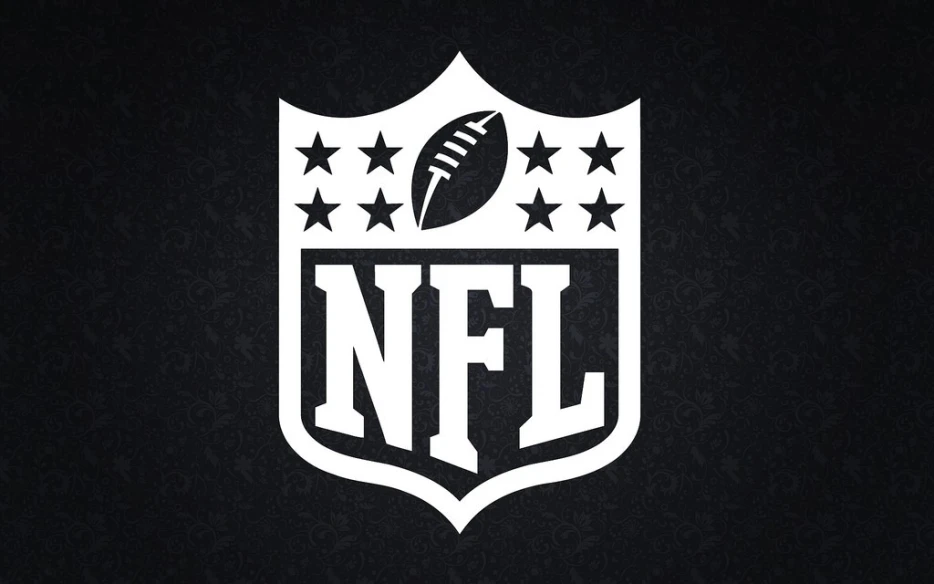
 Pro Football Rumors
Pro Football Rumors
While free agency has only existed in its current form since 1993, the trade deadline has been in place for ages. Blockbuster deals involving Herschel Walker and Eric Dickerson saw draft war chests opened, while the California arrivals of Hall of Fame-bound defenders Mike Haynes and Fred Dean swung Super Bowl races in the 1980s.
Deadline day in 1974, one of the more underdiscussed transaction frenzies, relocated Hall of Fame-bound D-lineman Curley Culp and two experienced starting quarterbacks (Craig Morton, John Hadl). Nearly two decades earlier, the Bobby Layne trade triggered generations of curse-based discussion. The first 15 years of this century included the Carson Palmer trade/unretirement and Marshawn Lynch going to Seattle for fourth- and fifth-round picks.
Trade deadlines have become more impactful in recent years. The NFL has seen many of its younger GMs become more receptive to dealing, and the league moved the deadline back a week in 2024. The cap spikes to occur since 2022 have also helped embolden contenders to acquire talent -- after the 2010s did not involve comparable year-to-year booms. A sizable contingent of would-be sellers is in place this year, with a clear bottom tier forming early. A handful of trades have already occurred. By next week, we should see several more players -- many from basement-dwelling clubs -- relocate to contenders.
It is then relevant to look at some of the key developments and long-term ramifications from recent trade deadlines. Since 2015, we have seen a number of second-round picks change hands. Fewer firsts have been swapped in-season, but impact players have changed addresses in deals involving Round 1 choices. As we head toward another trade window closing, here are some lessons and consequences from the past decade of deadline-driven deals.